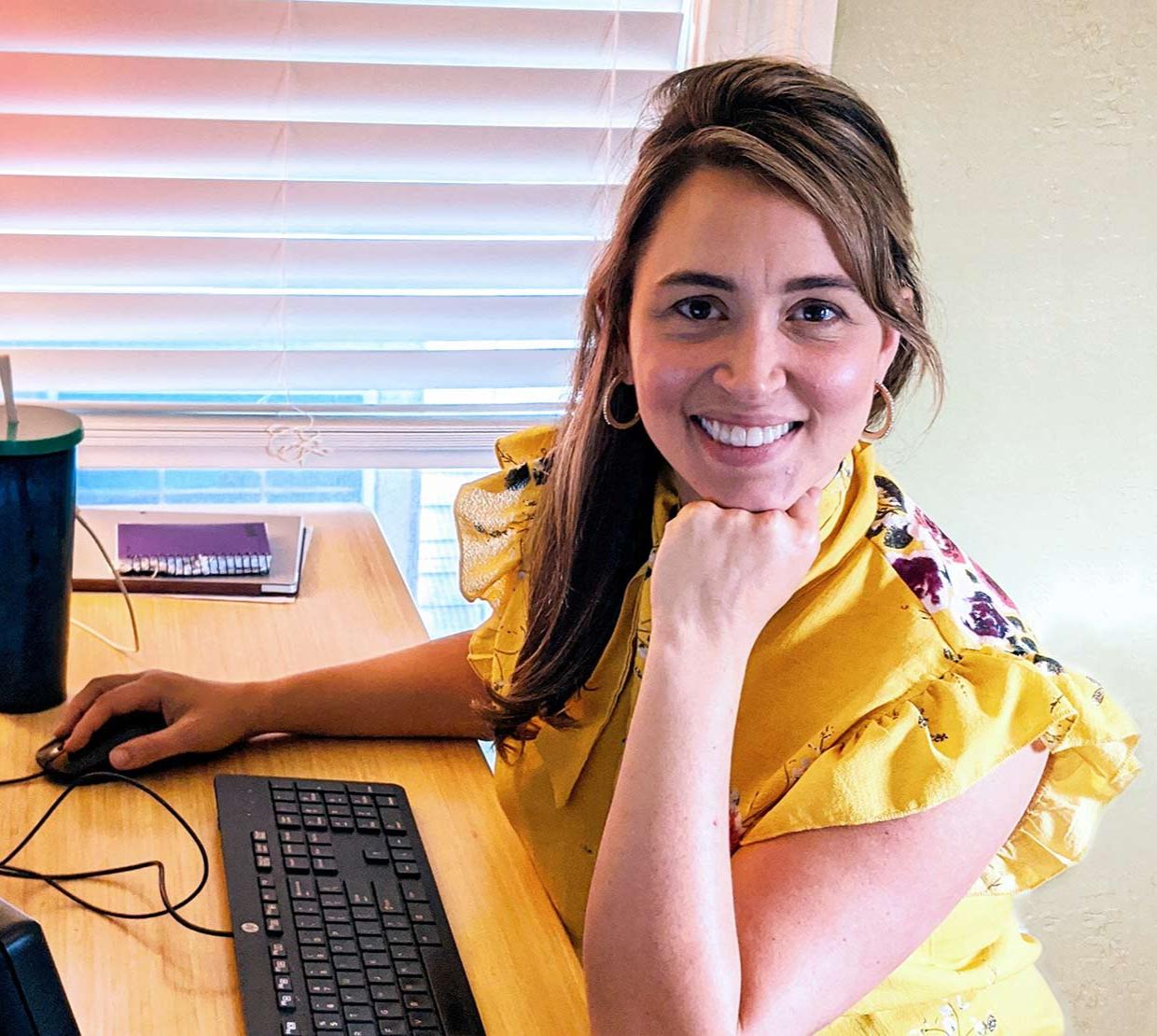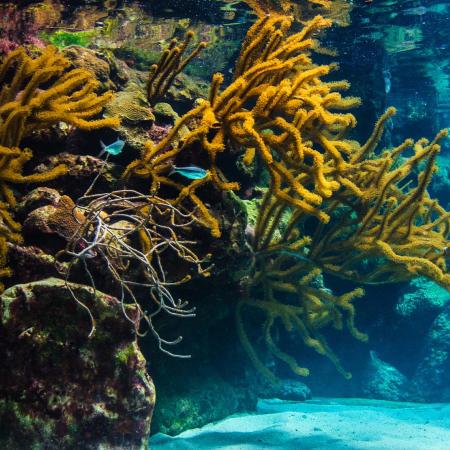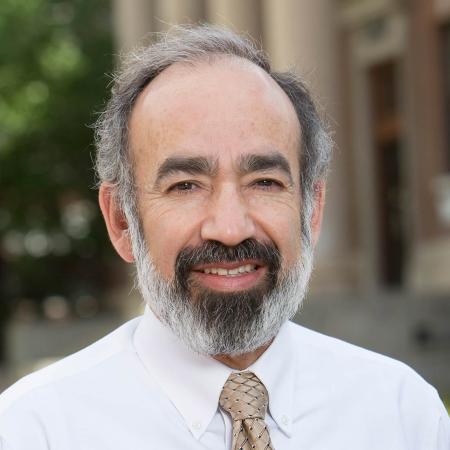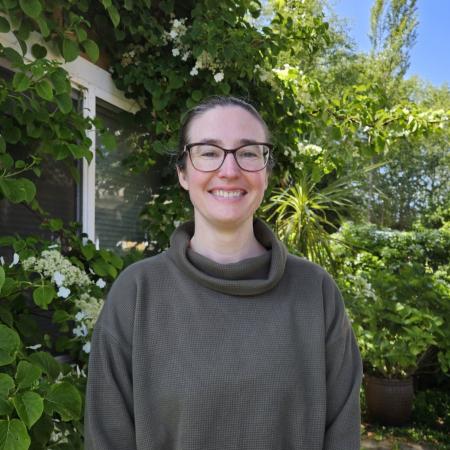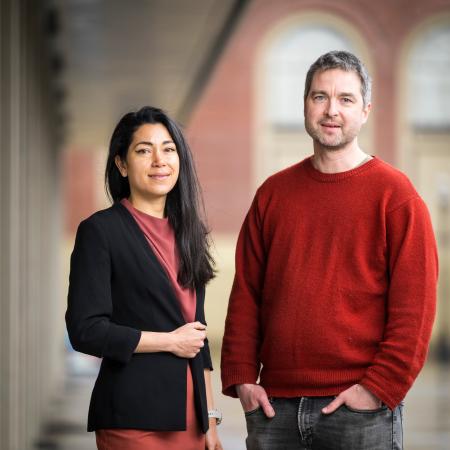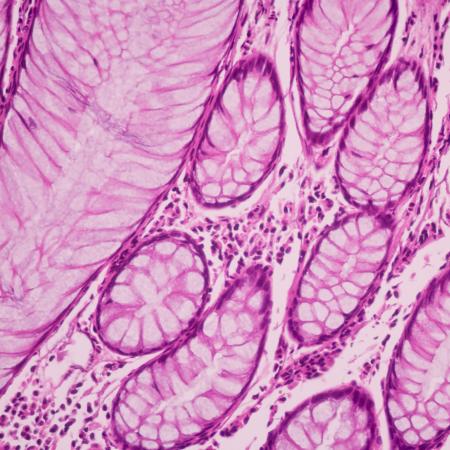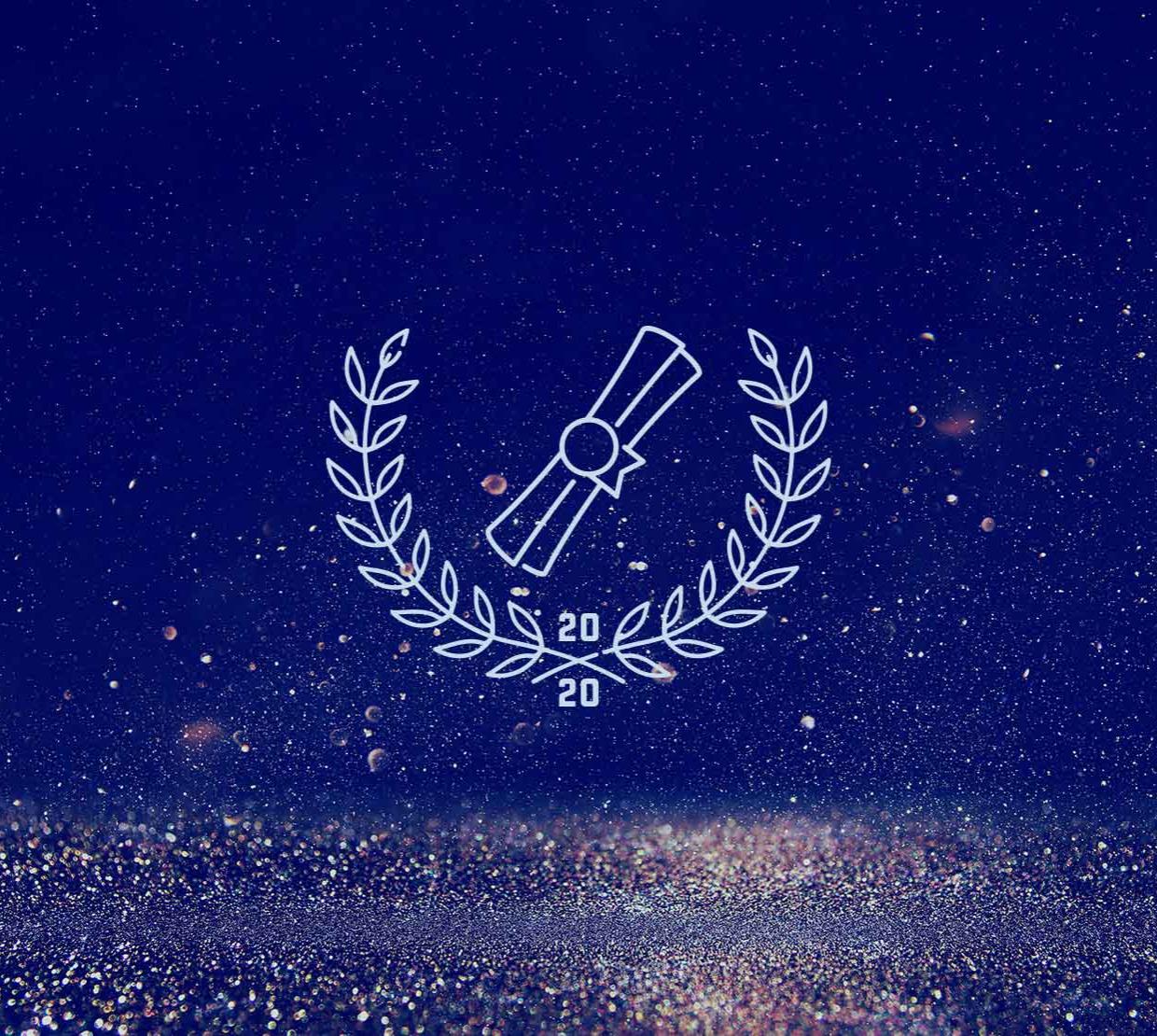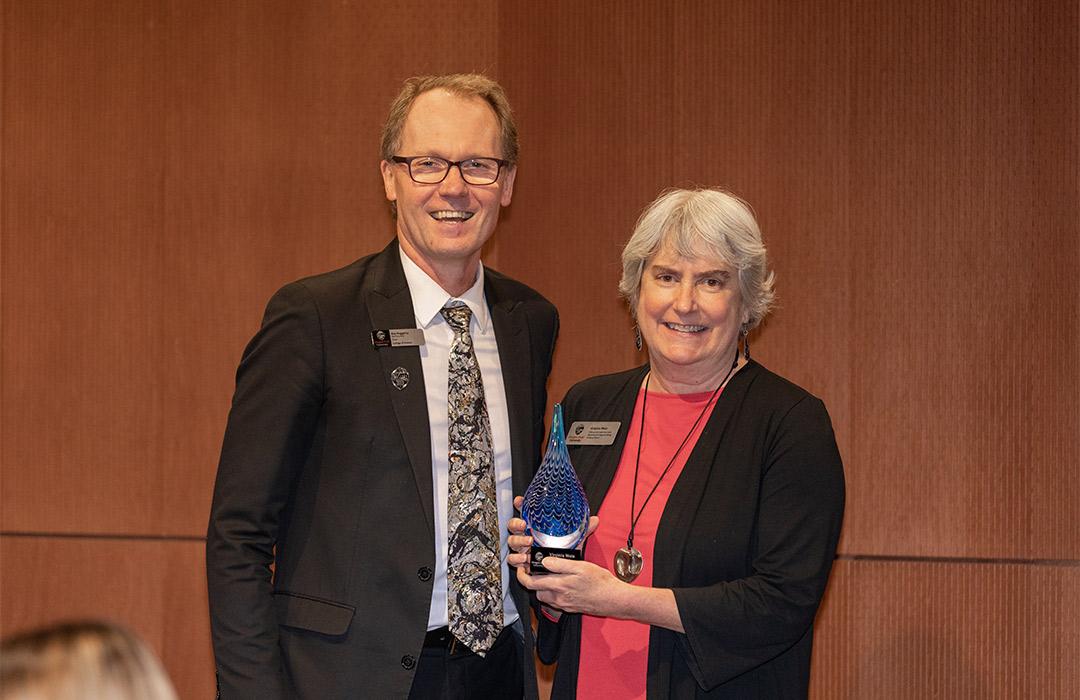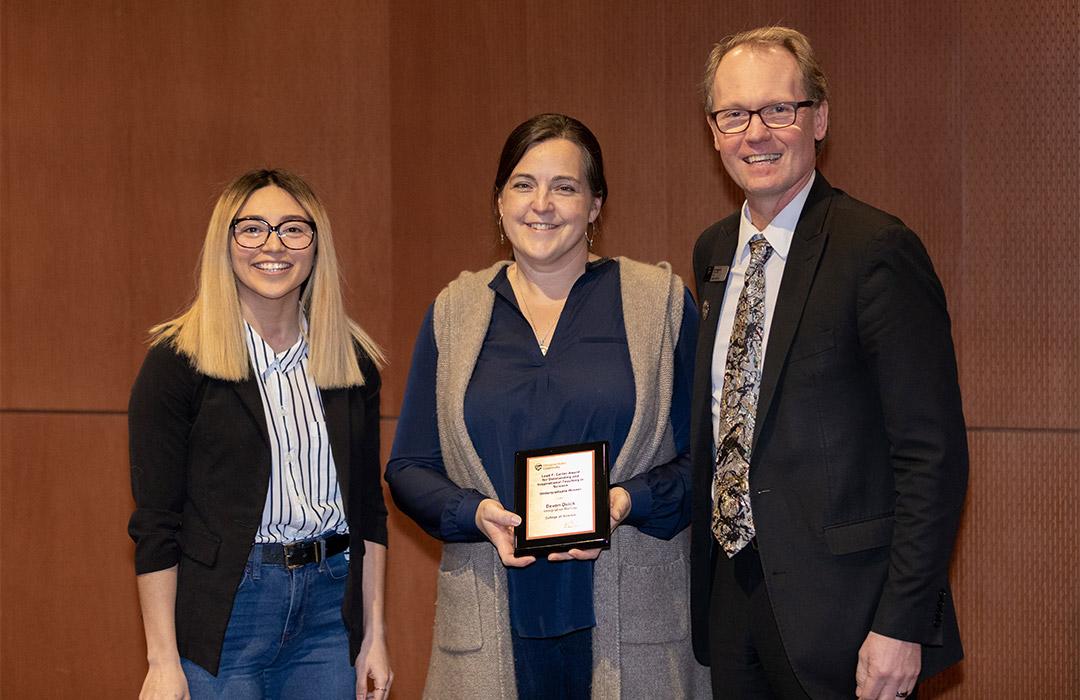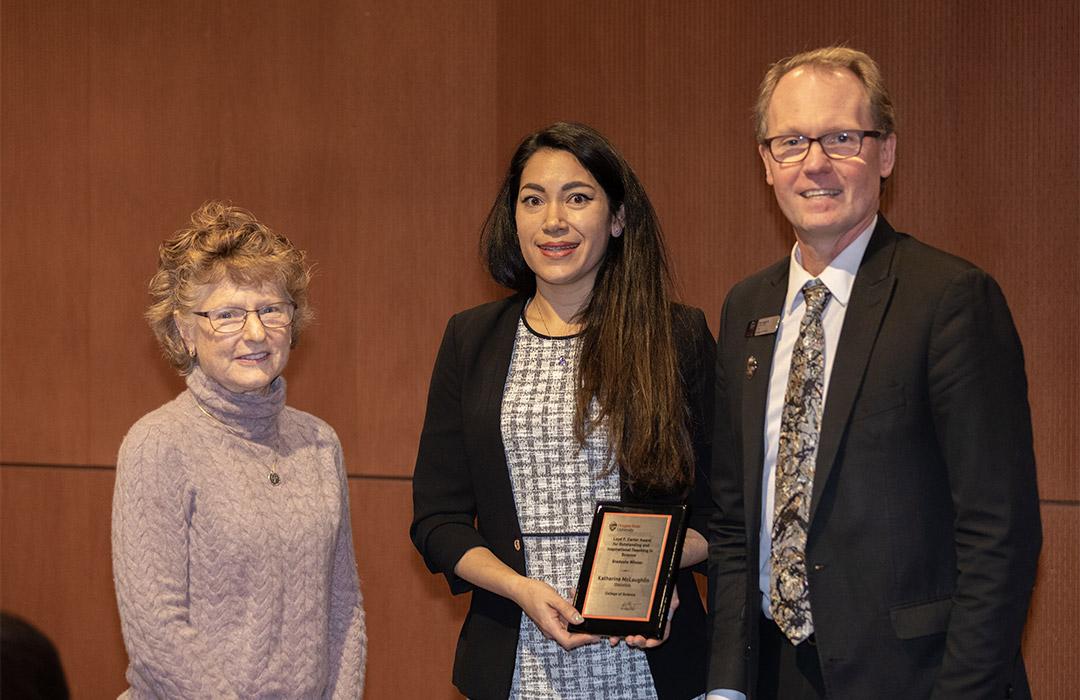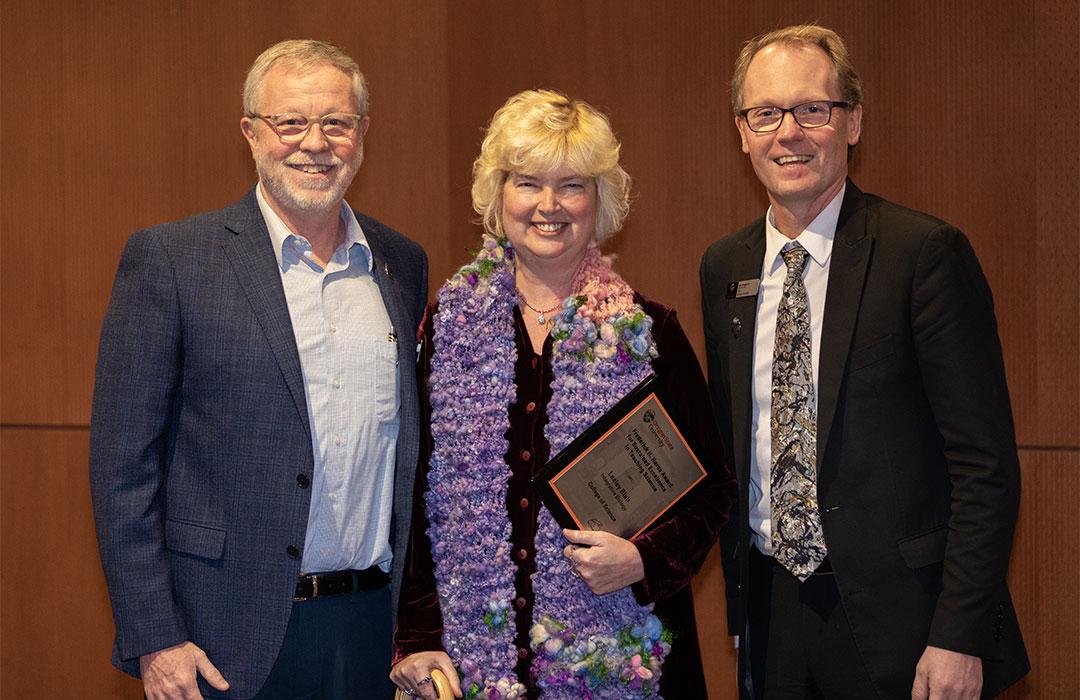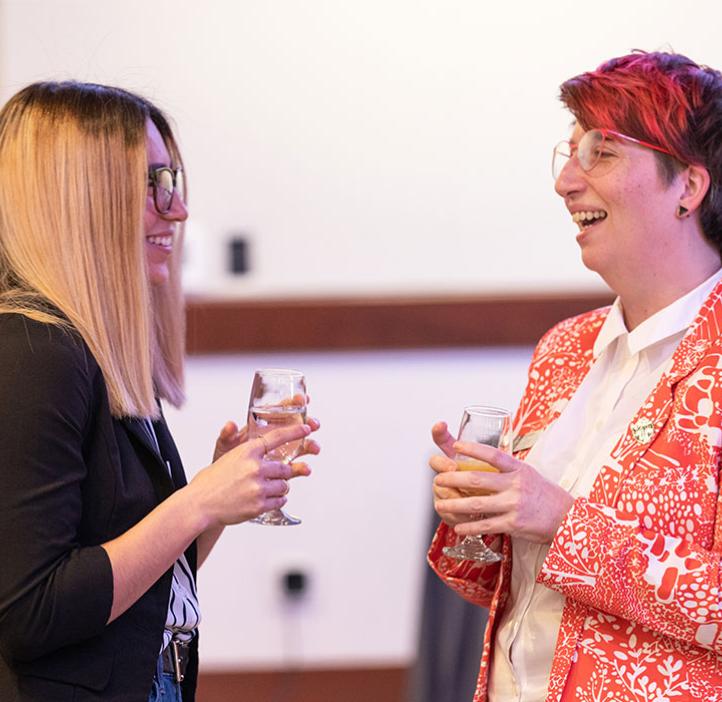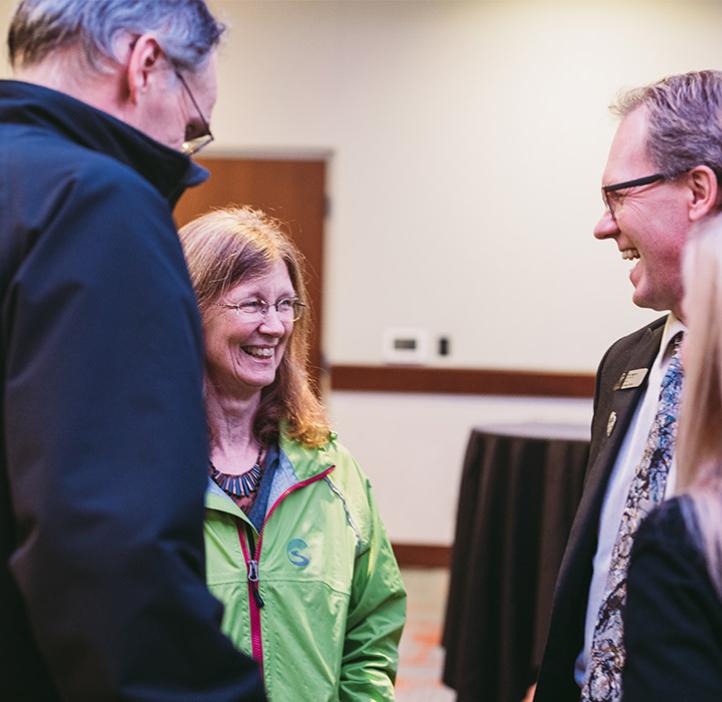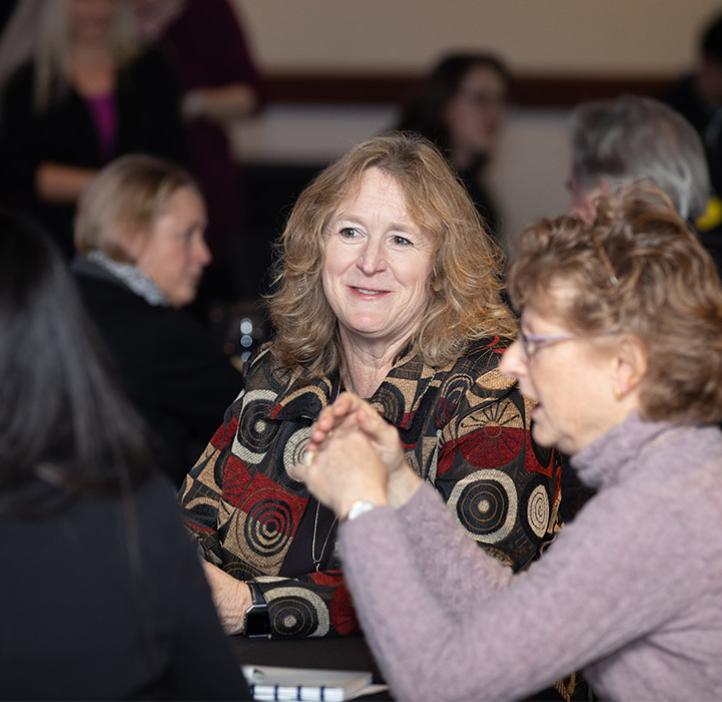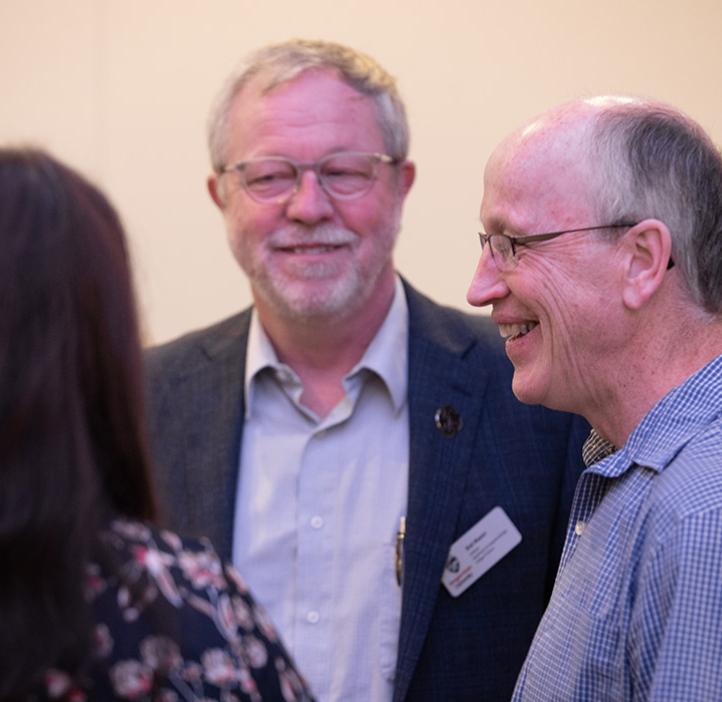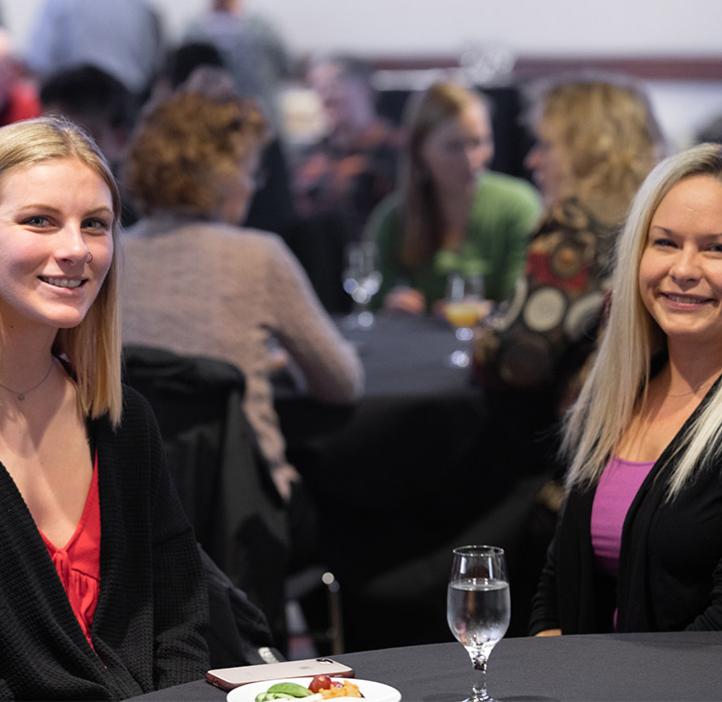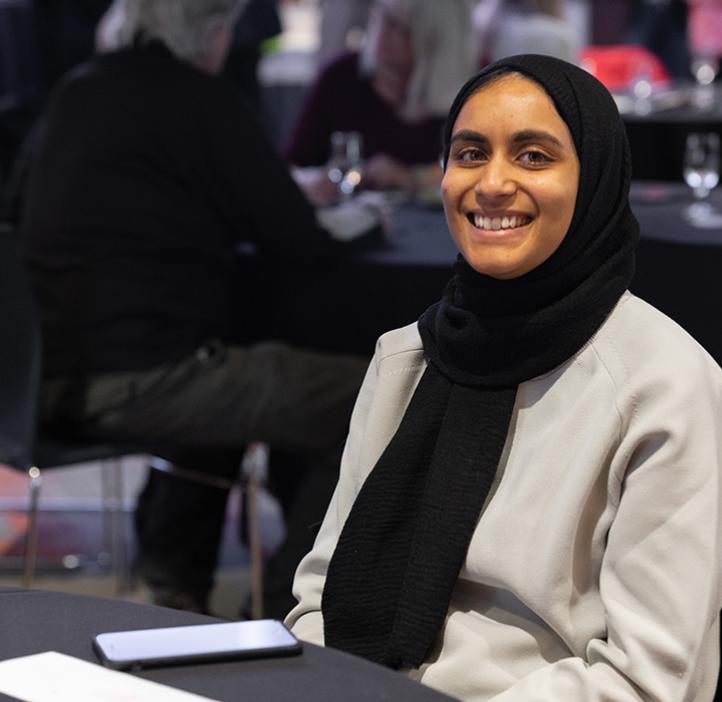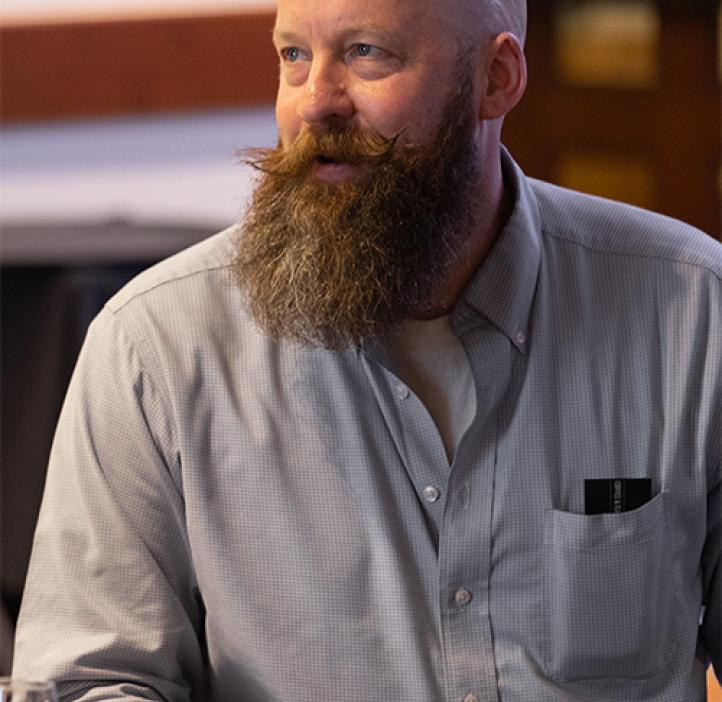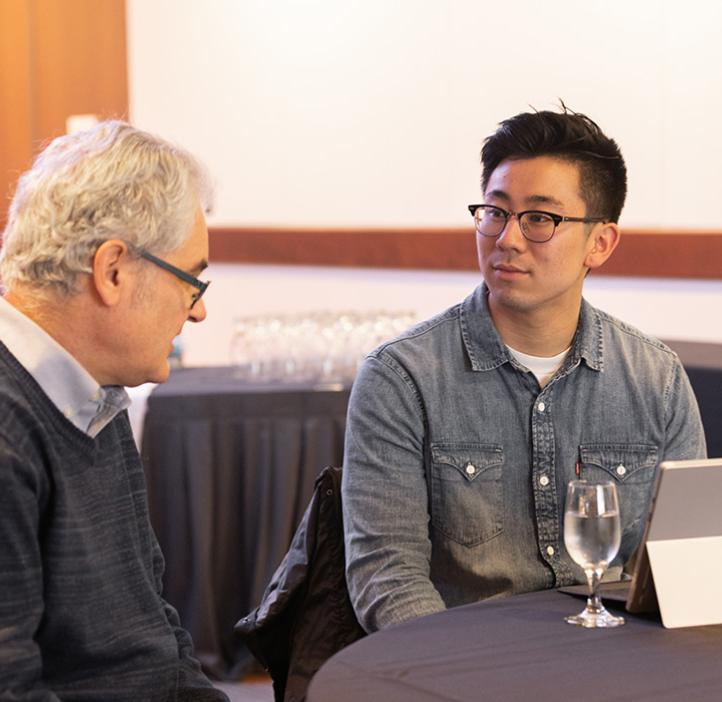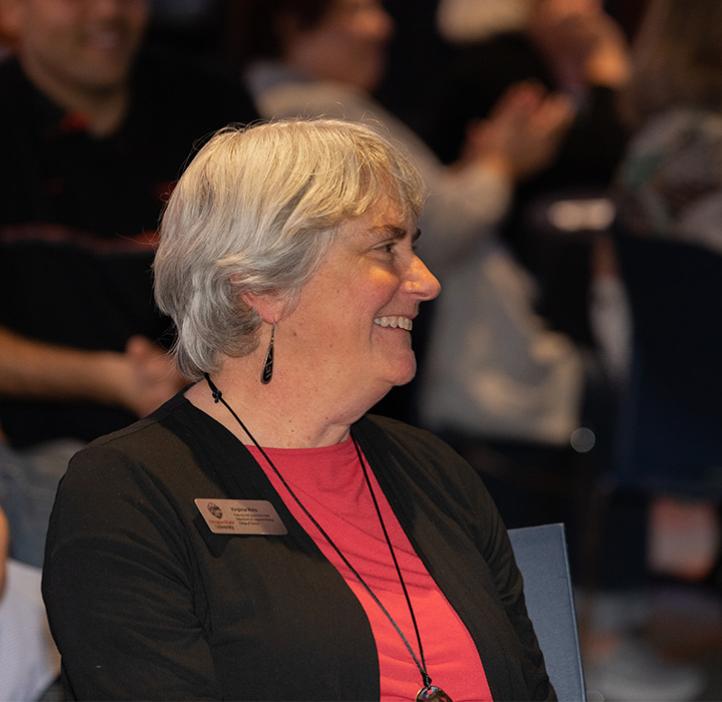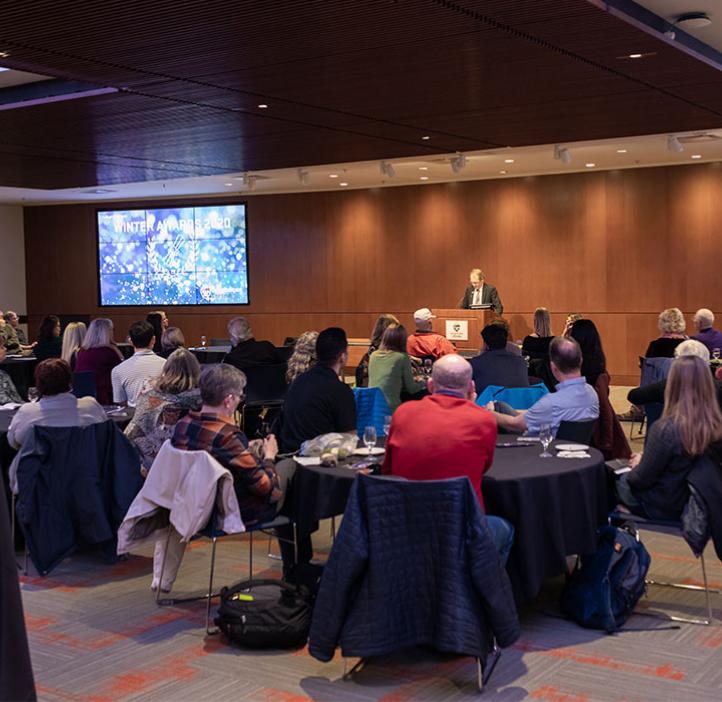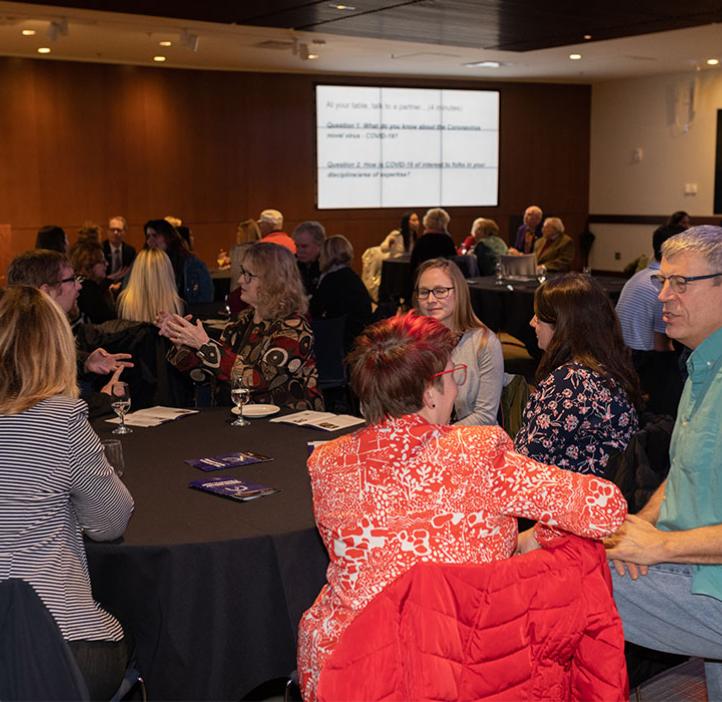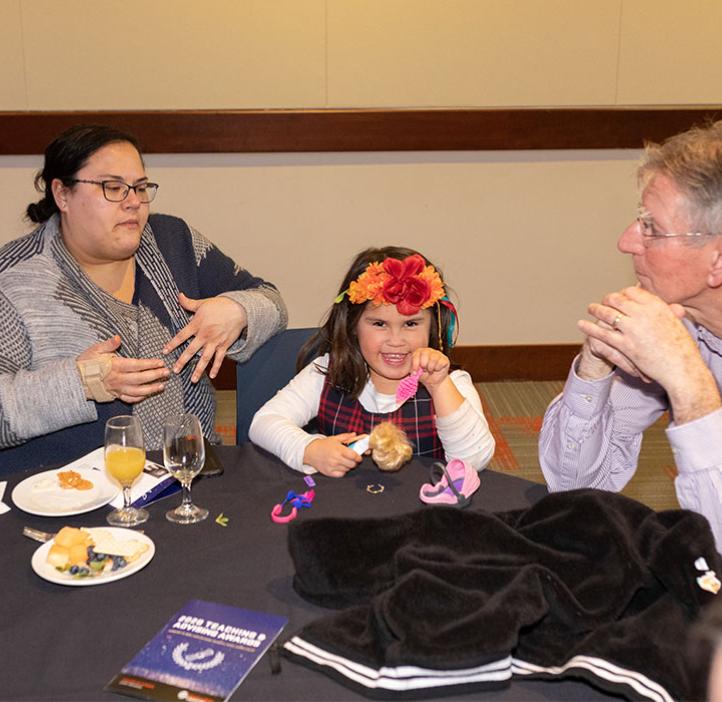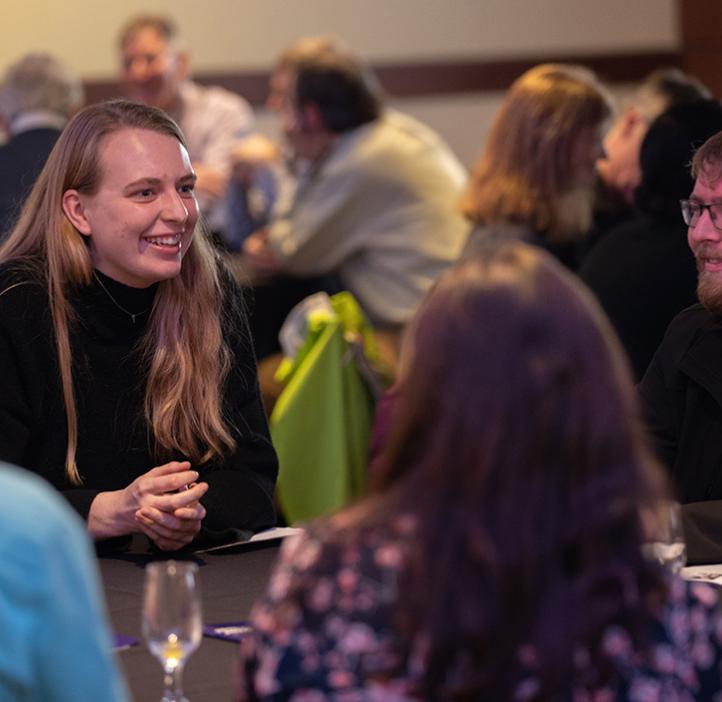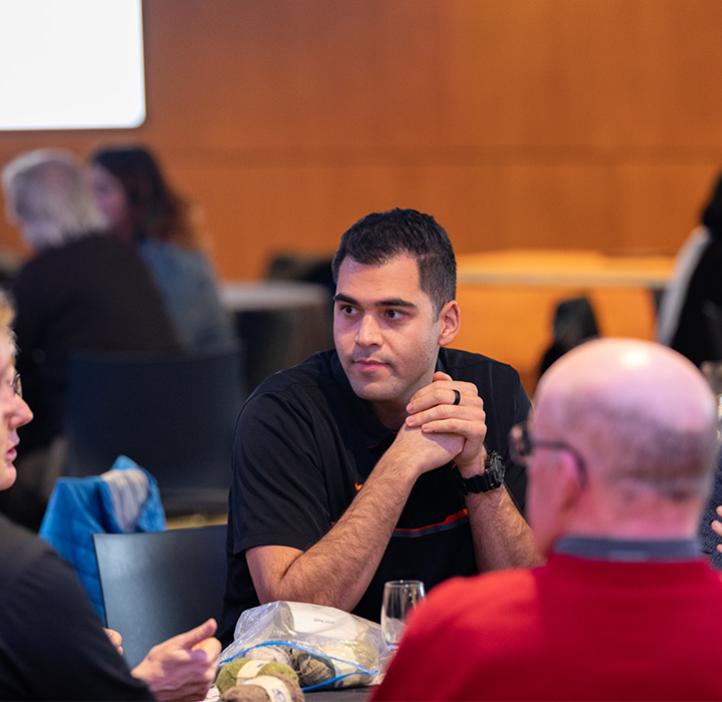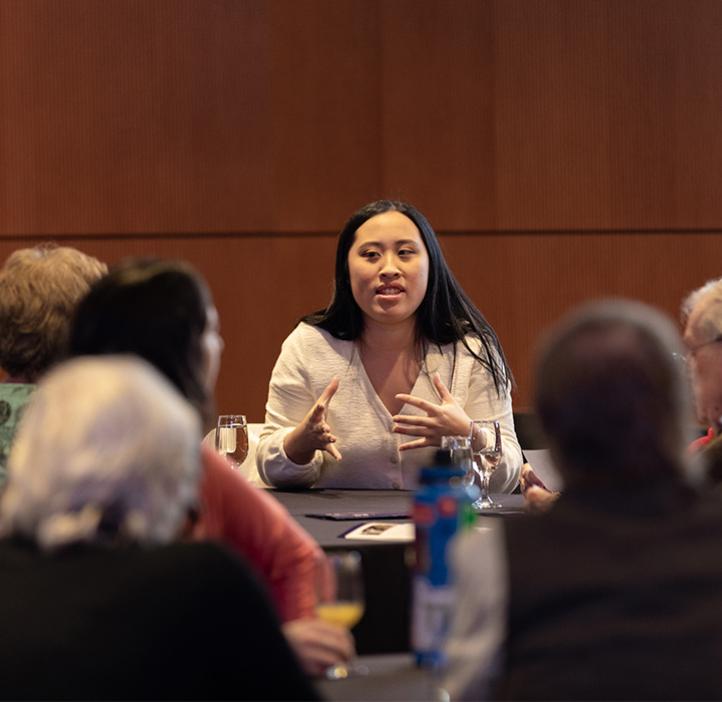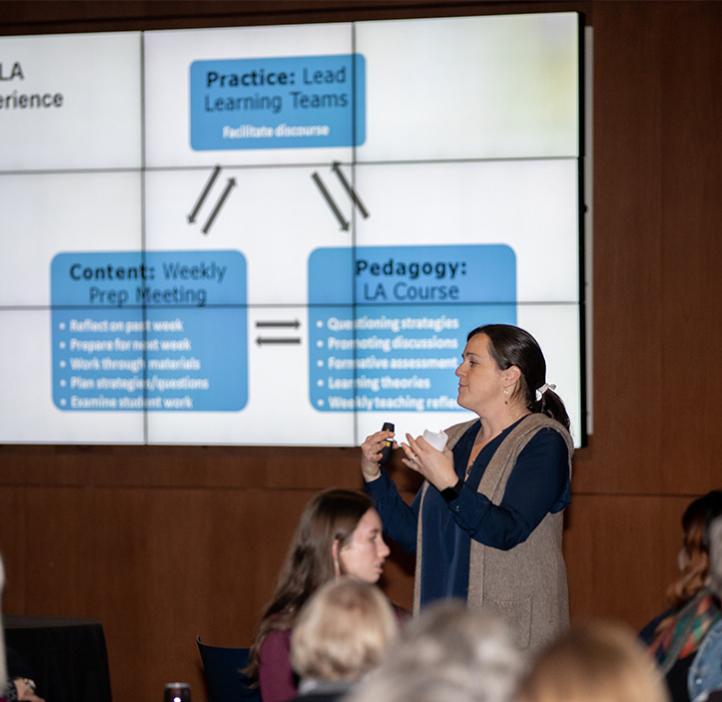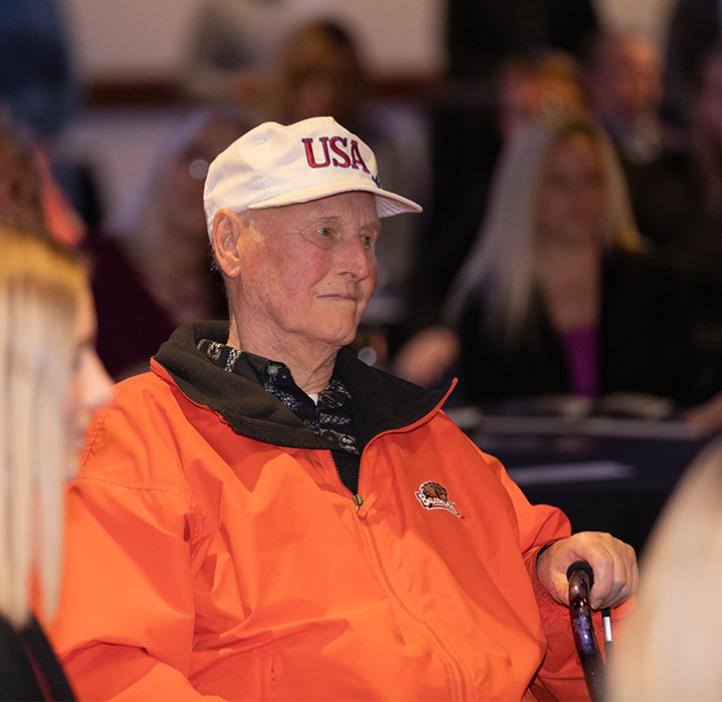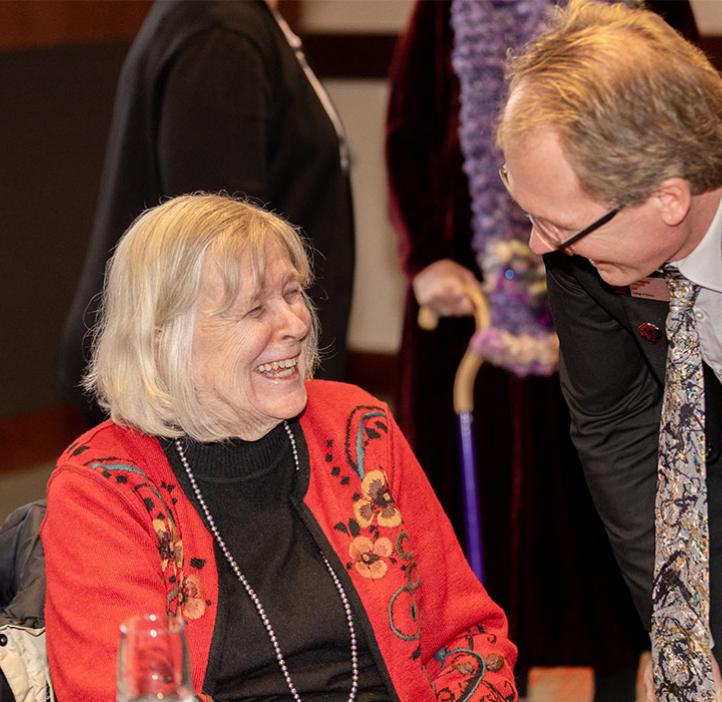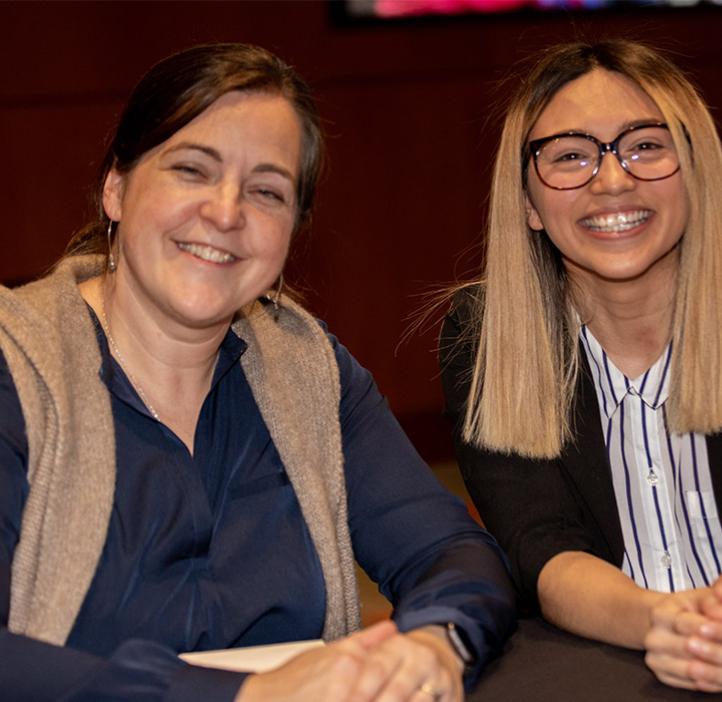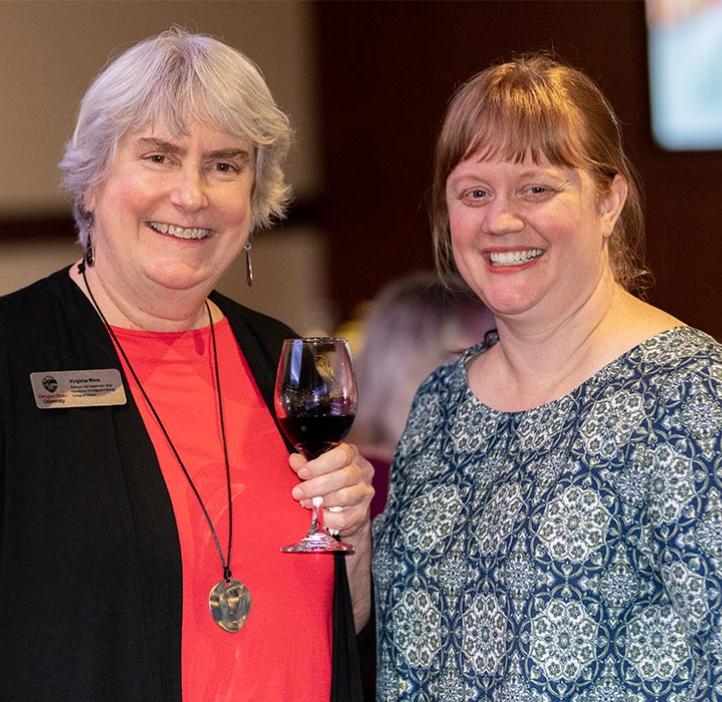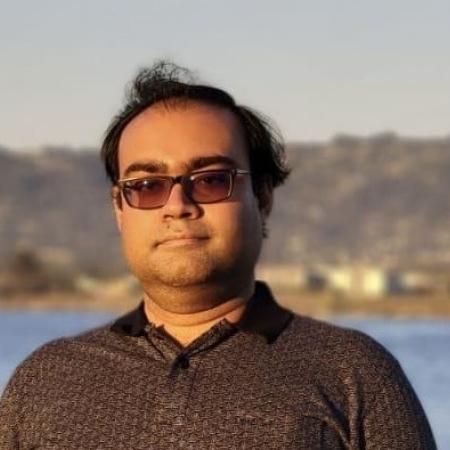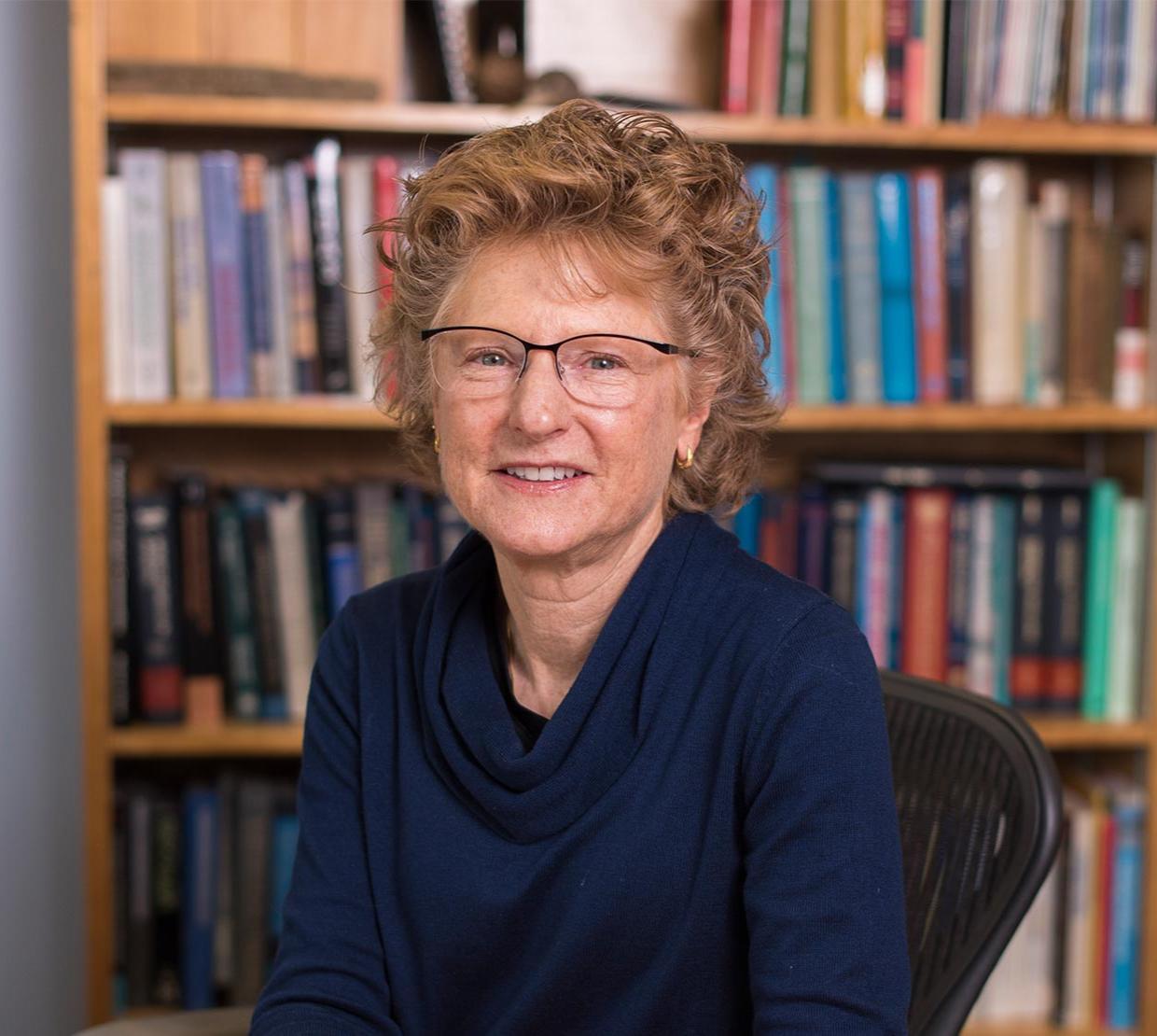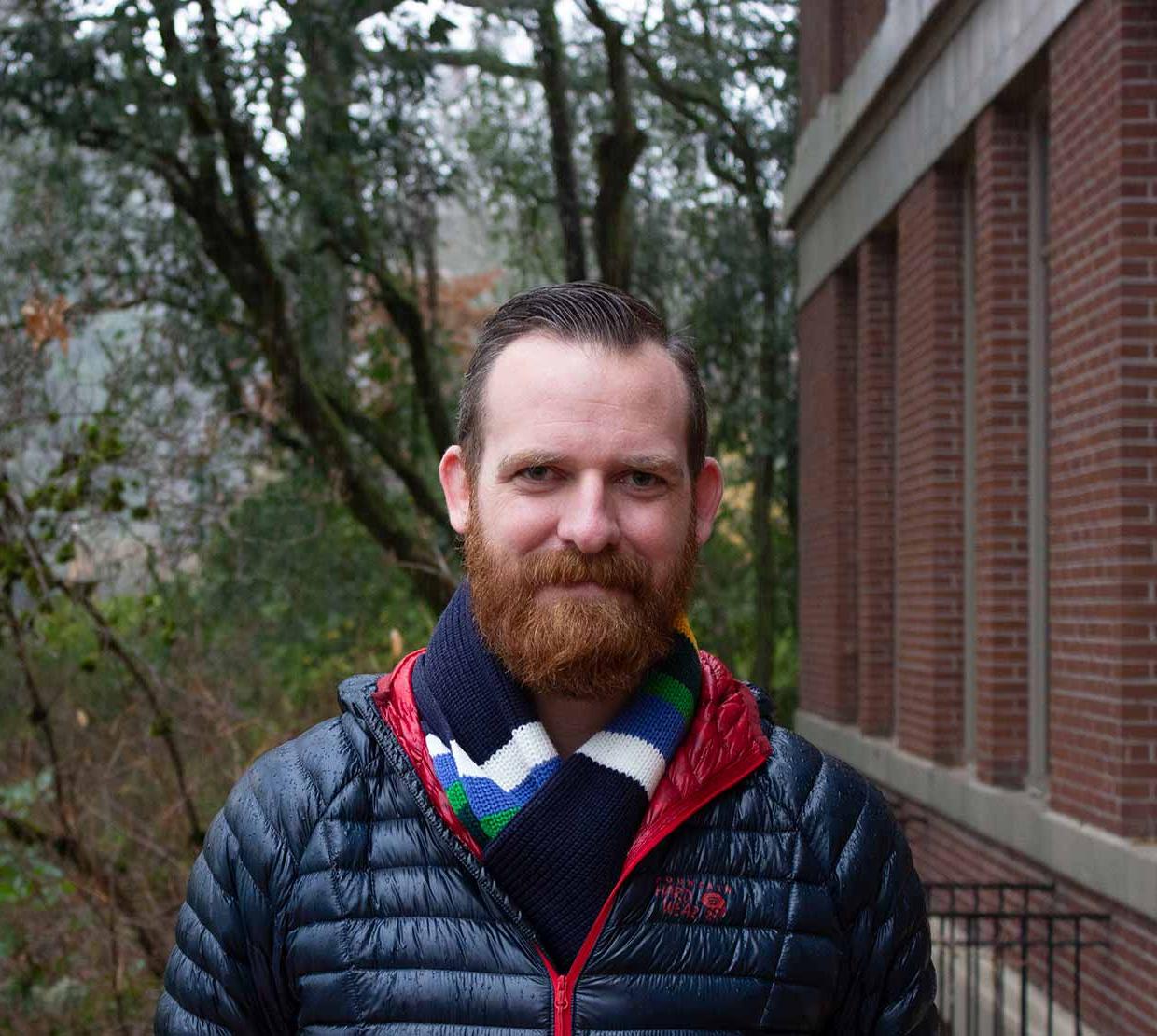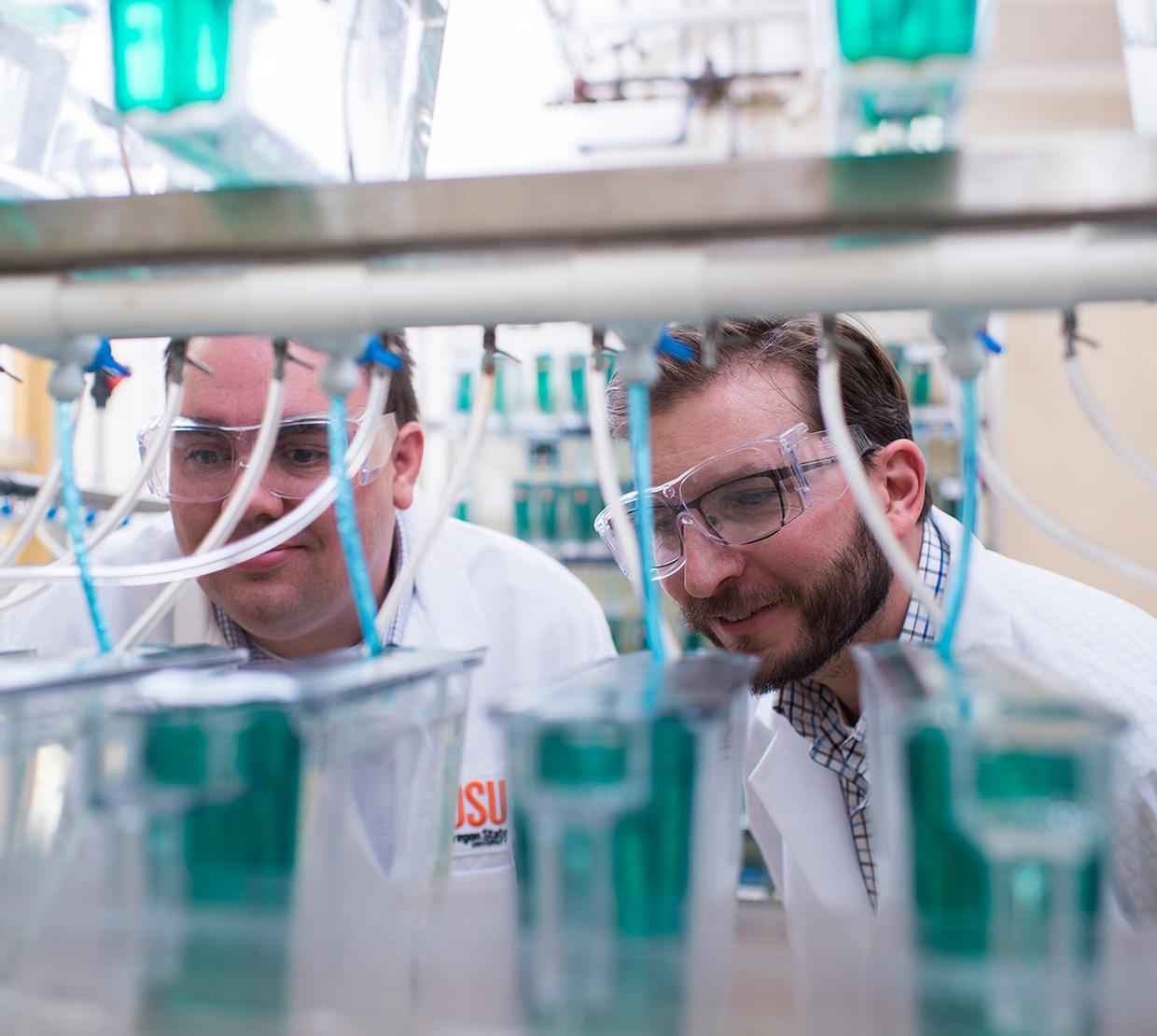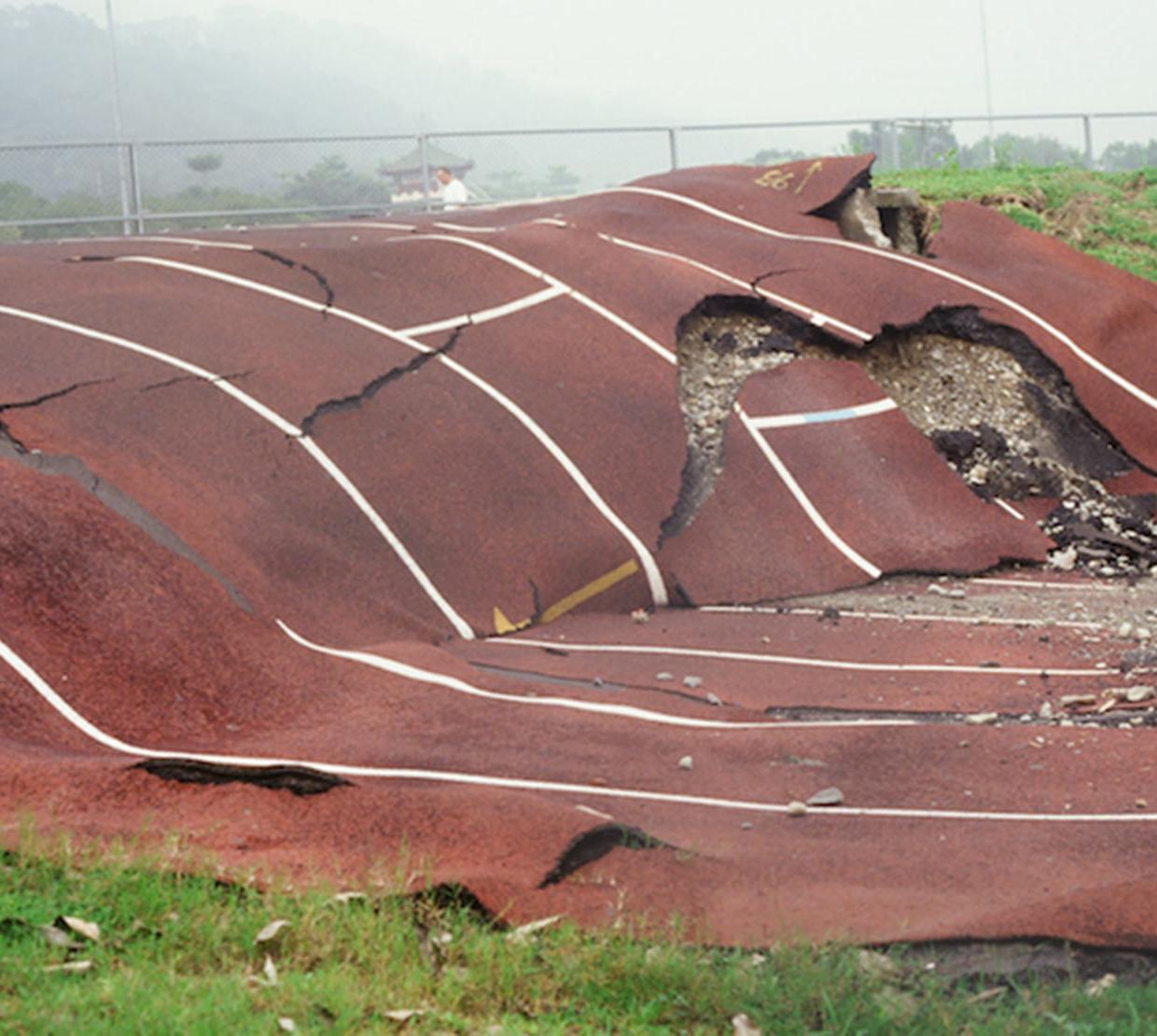Katie Jager:
Senior statistics instructor, College of Science.
Years at OSU: Nine.
City of Residence: Corvallis.
With years of experience in online education, Katie Jager knew she was well positioned for Oregon State’s transition to remote instruction in the face of COVID-19.
But she also knew that around 95% of the 20-person statistics faculty was somewhat less ready.
So she jumped in to help.
“I volunteered to be the remote-teaching liaison for our department because many of our faculty members understandably like to teach the way they’ve always taught,” Jager said. “I just approached it like, ‘OK, what are you doing now and how can we translate that quickly to remote teaching so you don’t feel like you have to change everything.’”
In addition to working with colleagues one on one, Jager set up a Canvas page specific to the needs of their department.
“The university is giving a lot of information, but sometimes it’s just too much,” Jager said. “Sometimes, someone just needs to ask, ‘I want to do this one thing – how do I do that?’ I’m trying to make it so every faculty member feels like they have a handle on this and can be successful.”
Jager said promoting a sense of community was a major goal – allowing people to have a discussion about the way they want to teach their classes and then coming up with ways they can do that via remote delivery.
“Before we shut down,” she said, “I talked to other faculty and said, ‘What is your plan for actual lecture time – what do you feel comfortable doing, what is best for students, what’s realistic with what you have at home to do this?’
“We’re used to getting feedback from students to know if they’re getting it, and we were worried we were going to lose that, so we had conversations about how to keep the class actively learning. We came up with a number of ways to do that.”
For the 100 students she’s personally teaching – in ST314, statistics for engineers – she provided a beginning-of-term survey asking, basically, what success in the class would look like to them, and what might hinder them.
“I got to learn so much about how people are dealing with this, being home and not necessarily with all of the resources you need to be going to school,” she said. “A lot of them have, like I do, children at home, or others at home who might be sort of distracting for them. I got to identify with students on a deeper level and let them know we’re all in this together.”
Associate Professor Lisa Ganio, head of the Department of Statistics and Jager’s unsung hero nominator, said faculty could not get all of their critical work done without Jager’s assistance.
Of the nomination, Jager said: “I feel a little odd being called a hero, especially in a time when people are actually saving lives and stepping up in amazing ways. It's tough for me to consider what I do as heroic, but I appreciate the sentiment.”
This story is a part of an OSU series called "Unsung Heroes," highlighting faculty, staff and students who are going above and beyond to assist with the pandemic response in their roles at OSU or in their communities from Corvallis to Bend to Newport and throughout the state. To read more stories like this, go here.
